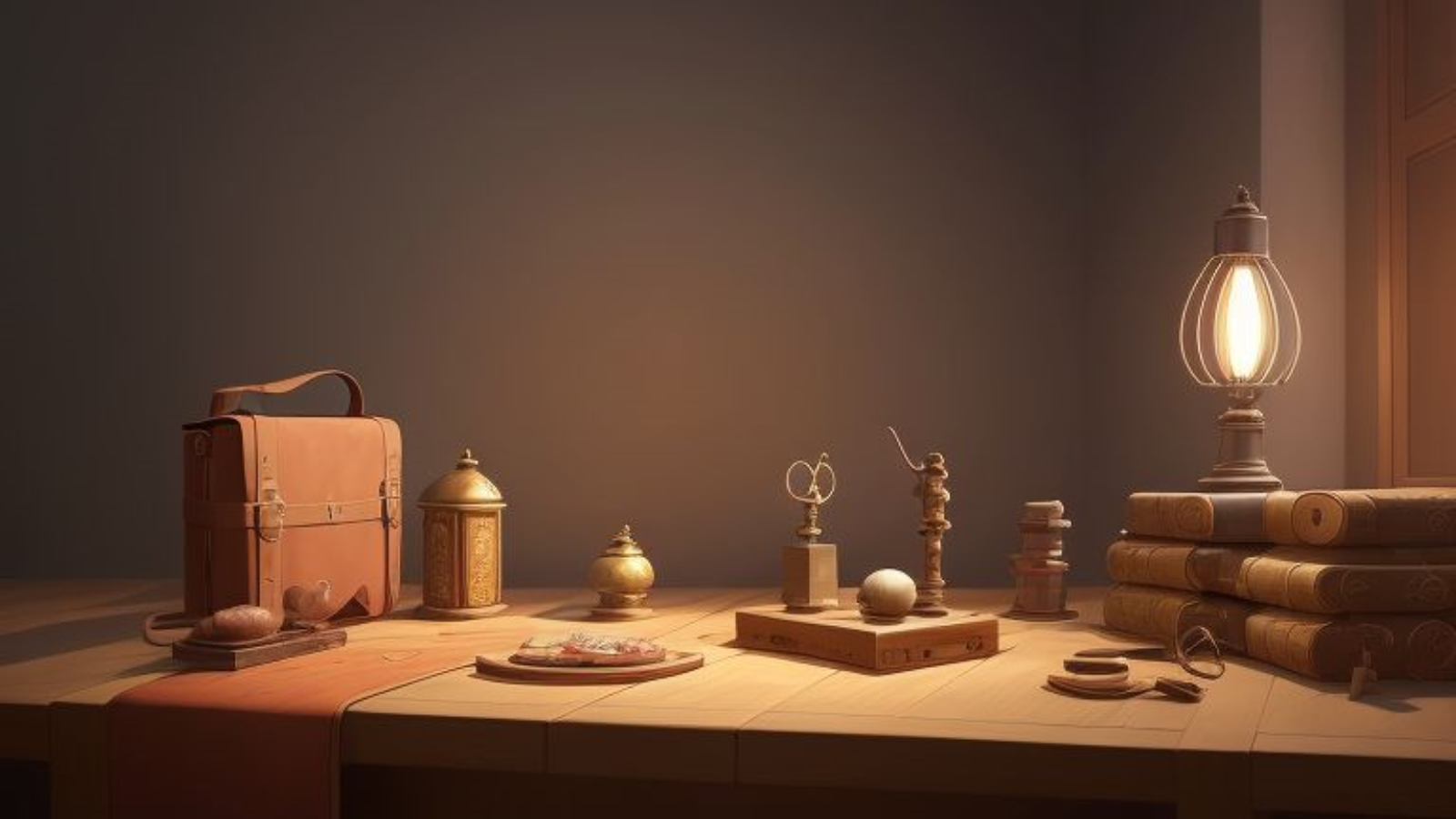Leather, a material synonymous with durability, craftsmanship, and timeless elegance, has a history that spans millennia. From its humble beginnings as a necessity for survival to its modern-day status as a symbol of luxury and style, the journey of leather is a tale woven into the fabric of human civilization.
Ancient Roots
The origins of leather can be traced back to prehistoric times when early humans discovered the practicality of using animal hides for clothing and shelter. The process of tanning, a crucial step in transforming raw hides into usable leather, is believed to have been discovered accidentally, perhaps when hides were left in a pool of water containing tannins from decaying vegetation.
Early Tanning Methods
The earliest tanning methods involved the use of natural substances such as plant extracts, tree barks, and even urine, which contained ammonia. These substances helped preserve the hides and prevent them from decomposing. As civilizations evolved, so did tanning techniques, with ancient Egyptians using vegetable tannins and the ancient Greeks experimenting with alum and oil-based tanning.
Leather in Antiquity
In antiquity, leather held significant importance in various cultures. The Romans, known for their advanced engineering and military prowess, relied on leather for everything from sandals to armor. The utilization of leather extended to the creation of intricate artworks and functional items, showcasing the material’s versatility and adaptability.
Middle Ages and Renaissance
The Middle Ages saw the rise of guilds dedicated to the art of tanning and leatherworking. Leather became a symbol of status, with finely crafted goods adorning the nobility. During the Renaissance, the demand for leather surged, and artisans perfected techniques such as embossing, dyeing, and tooling, giving rise to intricate leather designs and patterns.
Industrial Revolution
The Industrial Revolution marked a turning point in the history of leather. Mechanization and mass production techniques led to increased efficiency in tanning processes, making leather more accessible to a broader population. The development of chrome tanning in the 19th century further revolutionized the industry, reducing processing times and expanding the range of possible leather applications.
Leather in the Modern Era
In the 20th century, leather evolved into a symbol of luxury and sophistication. Fashion houses embraced leather as a premium material for clothing, accessories, and upholstery. The automotive industry adopted leather for interiors, adding a touch of elegance to cars. Today, leather is a staple in fashion, design, and craftsmanship, appreciated for its timeless appeal and enduring quality.
Sustainable Practices
As concerns for environmental impact have grown, the leather industry has increasingly focused on adopting sustainable practices. From vegetable tanning to eco-friendly dyeing methods, efforts are underway to minimize the ecological footprint of leather production, ensuring that the material continues to be enjoyed for generations to come.
In conclusion, the history of leather is a fascinating journey through time, reflecting the ingenuity and resourcefulness of humanity. From its primal uses in survival to its evolution into a symbol of luxury and style, leather continues to captivate us with its enduring allure and the stories it carries from the past into the present.
Want to place your first order, Click Here!


Add a Comment